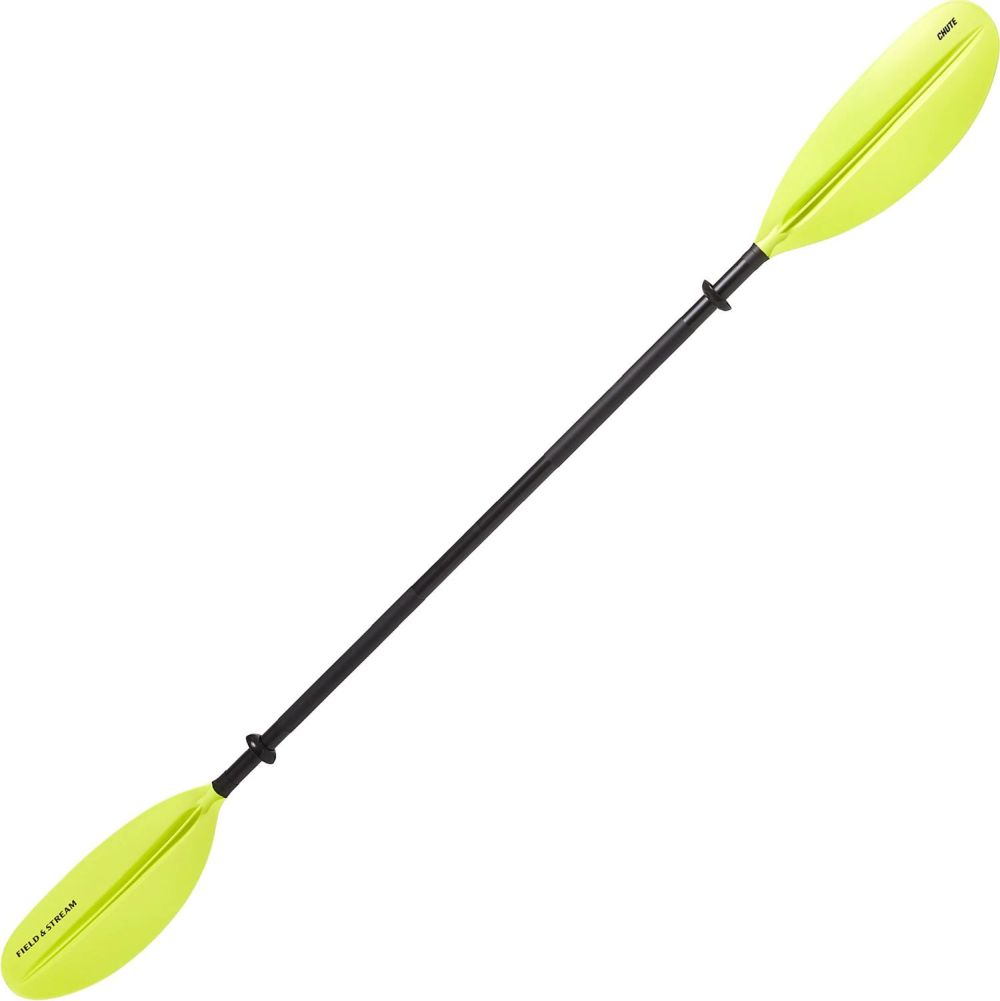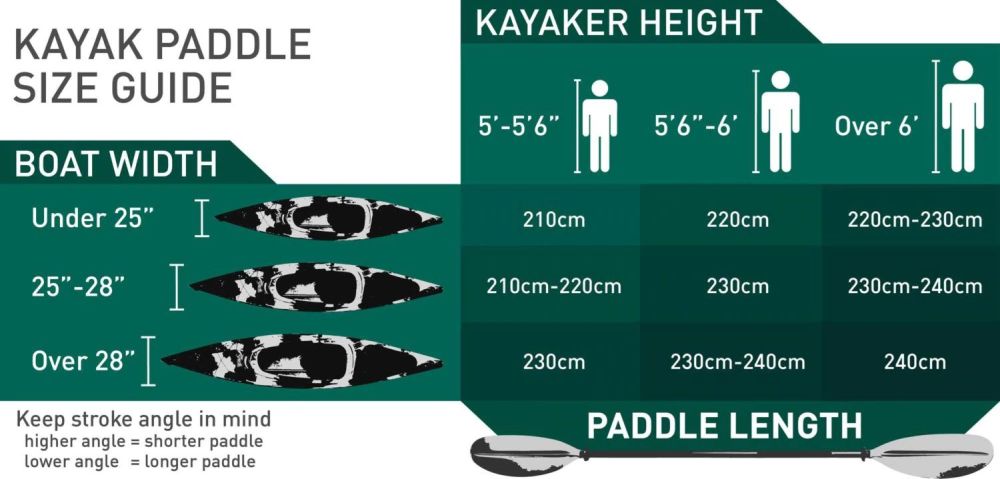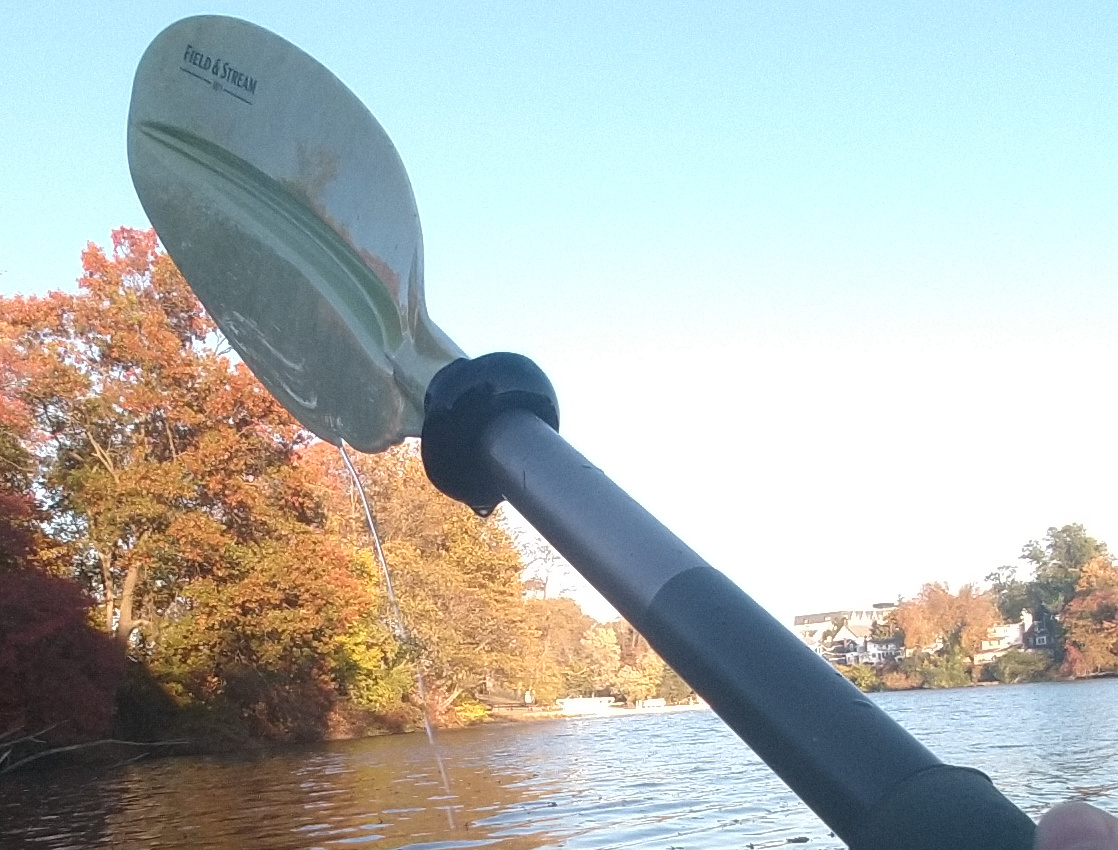Paddles

Your new boat probably came with a paddle. I’ve never seen a boat come with a good paddle. It is just a starter, to get you going. Get a good paddle that is the right size for you. It will make a world of difference. Keep the old one for a spare. Rule of thumb: your paddle should be about your height. If you install a thick seat cushion, you might want to go a little longer even.
I regard my paddle as an emergency signalling device as well, which is why I like the yellow color pictured, especially if your boat is some camouflage shade of green.

The larger Dick’s stores have a nice selection of paddles in all sizes up to 230cm. $50 will get a good one. Unless you are pretty short, just get 230cm.

Also, get some foam grips. Repetitive motion with wet hands is a sure way to get blisters, and you will quickly fall out of love with your new hobby. Inexpensive foam grips as shown are available on eBay. I cut them in half, and turn one set into two. I use double-sided tape to keep them from sliding on the shaft. Make sure the seam is out of the way before you fix them down. There are also expensive grips available, but my experience is that expensive or cheap, a set of grips lasts about a season, so why spend more?
Finally, if you are going to go out alone, I recommend securing the paddle to the boat. Your paddle floats, but if it floats away and you don’t have a friend to retrieve it, you are going swimming. You can get 3/16″ bungie cord and make a lanyard between the center of the paddle and some tie-down in front of the seat. Mine is about 4 feet long. If I’m not alone, I often disconnect it, although it’s really not a bother.
I like to make sure everything is clipped to the boat, so if worst comes to worst you aren’t chasing stuff all over the lake! And not everything floats.

This paddle is nearing the end of its life, so I decided to try an experiment. I added a “drip notch”. This is a small sharp-edged notch that the water flow can’t follow. Instead it departs and falls well outside the boat. I hardly got a drop of water on me.
To make the notch, simply drill a 1/4″ hole by the edge of the plastic blade, 6-7 inches from the base. Then file it to the shape you see here, with a sharp corner at the edge. The back-cut assures the the stream can’t jump over the notch to the other side.
I can’t claim this idea, I’ve seen a few paddles with this feature.
Update:
I added a second set of notches about 4 inches out from the first, and now it works even better. Just a few drops fall straight down from the inner notches.